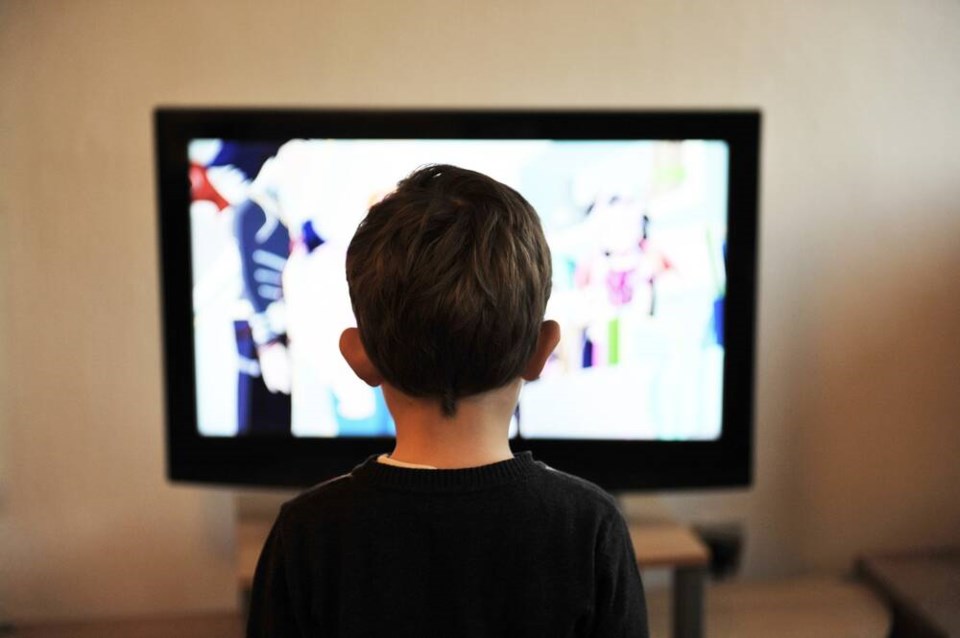Thirty years ago, George Gerbner founded the Cultural Indicators Project on behalf of the Annenberg School of Communications at the University of Pennsylvania.
The project became best known for its finding that the average American child would conceivably have watched 8,000 murders on television by the age of 12.
That stunning piece of data was followed in 2013 by the American Psychological Association’s analysis of peer-reviewed research on the impact of media violence.
That analysis confirmed earlier research on the effects of viewing violence on television — especially among children — that found a desensitizing effect and the potential for increased behavioural aggression.
Psychologist Albert Bandura’s early research in 1965 had already indicated that children’s aggressive acts were partly influenced by what they observed. The more aggressive the people or films children observe, the more aggressively the children act.
Later research has shown that viewing violent acts on TV and in the movies affects adults and especially children in other negative ways: It decreases viewers’ concerns about victims’ suffering, it decreases viewers’ sensitivity to violent acts, and it is likely to increase the possibility that viewers will emulate aggressive acts depicted in the show or movie.
Young children are especially vulnerable to the effects of observed violence.
And yes, I realize that much of this research was conducted in the United States, but much of the TV violence referred to is readily available here in Canada, especially on streaming channels like Netflix.
In fact, Netflix recently revealed that its most-binged shows in 2018 centred on death and violence. When Netflix provided the eight most-binged of its original productions in 2018, over half contained a significant degree of violence or morbid themes.
People who delve into this stuff tell us that while there’s plenty of violence to be found elsewhere, network shows don’t dwell on these subjects as often.
Even so, HBO has True Detective, while Showtime had Dexter, and CBS has the gory details of police procedurals such as CSI, with its exotic murder-and-mayhem story lines.
Then there is Game of Thrones, possibly some of the most violent content not on Netflix. GOT is frequently focused on power, with the violence that accompanies power a dependable tool with which to acquire dominance.
The bottom line to all this is that it is becoming exponentially difficult for parents to keep their children in a violence-free bubble.
According to Caroline Knorr, parenting editor for Common Sense Media (the online resource for vetting kids’ media), 90 per cent of movies, 68 per cent of video games and 60 per cent of TV shows show some depictions of violence.
Knorr says children eight and younger watch an average of one hour and 40 minutes of TV or DVDs a day, while older kids watch an average of four hours daily.
If, as a parent, you are not worried yet about the whole topic of kids and TV violence, consider this: In the 1980s, before streaming channels and before extreme violence was available on some network channels, research by psychologists L. Rowell Huesmann and Leonard Eron of the University of Michigan found that children who watched many hours of violence on television when they were in elementary school and then as teenagers were more likely to be arrested and prosecuted for criminal acts as adults.
All well and good you say, but that’s American TV, and 91ԭ�� TV is different.
Maybe, maybe not.
Canada has long been the largest importer of American television programming, partly due to Canada’s apparent inability to produce profitable programming for a small domestic market.
Active Healthy Kids Canada reported in 2014 that children age three to five spend an average of two hours per day in front of screens watching whatever they can find — network or streaming channels.
In the early 1990s, the federal broadcast regulator, the 91ԭ�� Radio-television and Telecommunications Commission, began consultations on issues relating to television violence.
In 1993, the 91ԭ�� Association of Broadcasters filed a revised code on violence in broadcasting with the CRTC.
The code’s provisions included a prohibition on airing programs that are gratuitously violent or that promote or glamourize violent acts.
Also included was a statement that violence would not be shown as a preferred way of solving problems.
The code also recommended a “watershed hour” of 9 p.m., before which only “violence suitable for children could be aired.”
“Violence suitable for children”?
That’s it. I give up …..
Geoff Johnson is a former superintendent of schools.



